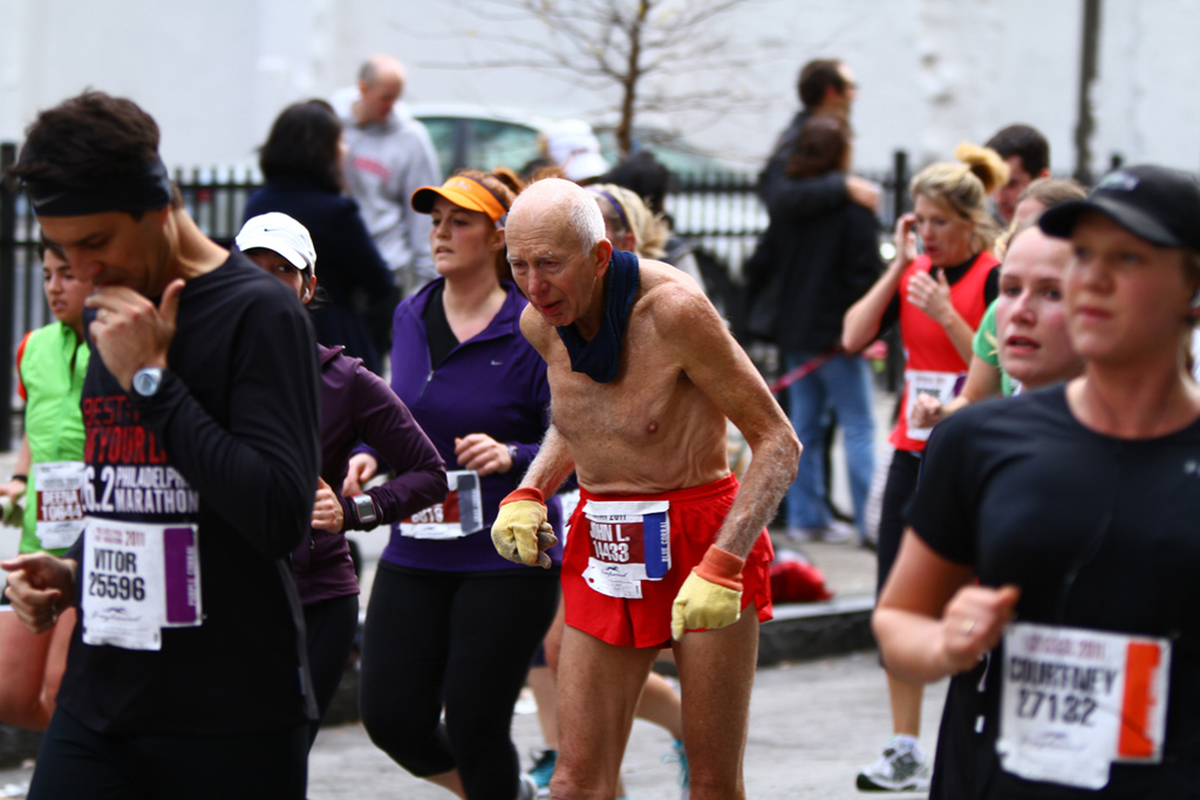Table of Contents
What's more likely to kill you — kidney disease, pneumonia, Alzheimer's disease, or falling over? The answer may shock you. Surprisingly, the most common out of those is falling over with tens of thousands of people dying in America every year from falling over.
The four leading causes of death in the USA are heart disease, cancer, chronic lower respiratory tract diseases and strokes. Unintentional injury — falls — come in at number five. Older people, especially, are prone to accidents involving falling over. It may sound scary that something so common, falling over, can be so deadly. Luckily there's something we can do to prevent fall injury in older folks.

Falling over is the fith leading death in the US, and there's an unexamined point here too, in that falls are actually underreported and their effects long-term aren't factored into the stats. The CDC says that one in three Americans over 65 fall each year — but goes on to remark that less than half tell their healthcare providers. And falls contribute to the worsening of other symptoms like arthritis, psychological symptoms like depression and isolation and general physical fitness. Falls are part of the downward spiral of mental and physical health that prefigures disability as well as mortality and morbidity.
Other injuries include fractures of the spine, forearm, leg and hand. In fact, while the stats show proximate causes of death — the illness that directly ended a person's life — falls are what put people in bed, where they subsequently are at greater risk of choking, stroke, heart disease and other fatal illnesses. Falls radically increase the likelihood of a person's being taken into a long-term care facility, and are also the cause of 95 percent of hip fractures. The death certificate says "heart disease", but the fall's contribution isn't recorded.
Falls are part of their own very specific downward spiral too. The best predictor of having a fall is having already had one: the best predictor of a serious fall-related injury is having already incurred one. The cruel fact is that falls are the number one cause of traumatic head injuries (TBIs) in the elderly, and 46 percent of fatal falls are due to a TBI, itself most likely the result of a fall.
So What Can We Do About It?
Well, the trouble with a fall is that it's an event. There are things leading up to it and leading away from it, but we have to fill those in form the stats ourselves.
We can start by saying we need our approach to give two benefits: one, it will reduce the chances that a fall will happen; two, it will reduce the damage caused by a fall. We also need it to address the needs of two groups: those who have yet to fall and those who have fallen. Ideally, we'll work with just one program that will perform for both groups.
See Also: Can Exercise Combat Aging?
Primarily it needs to be integrated into the daily lives of older people — let's say 50 and up. That means people who probably don't go to the gym, who don't use much in the way of home fitness equipment, who are probably already carrying a sore hip, bum knee, bad elbow, whatever. And we should remember something important about the late middle aged and "young old" - these people are often very busy.
- Photo courtesy of Waitscm via Flickr: www.flickr.com/photos/chriswaits/7150318855
- Photo courtesy of Tobyotter via Flickr: www.flickr.com/photos/78428166@N00/4214657199


Your thoughts on this